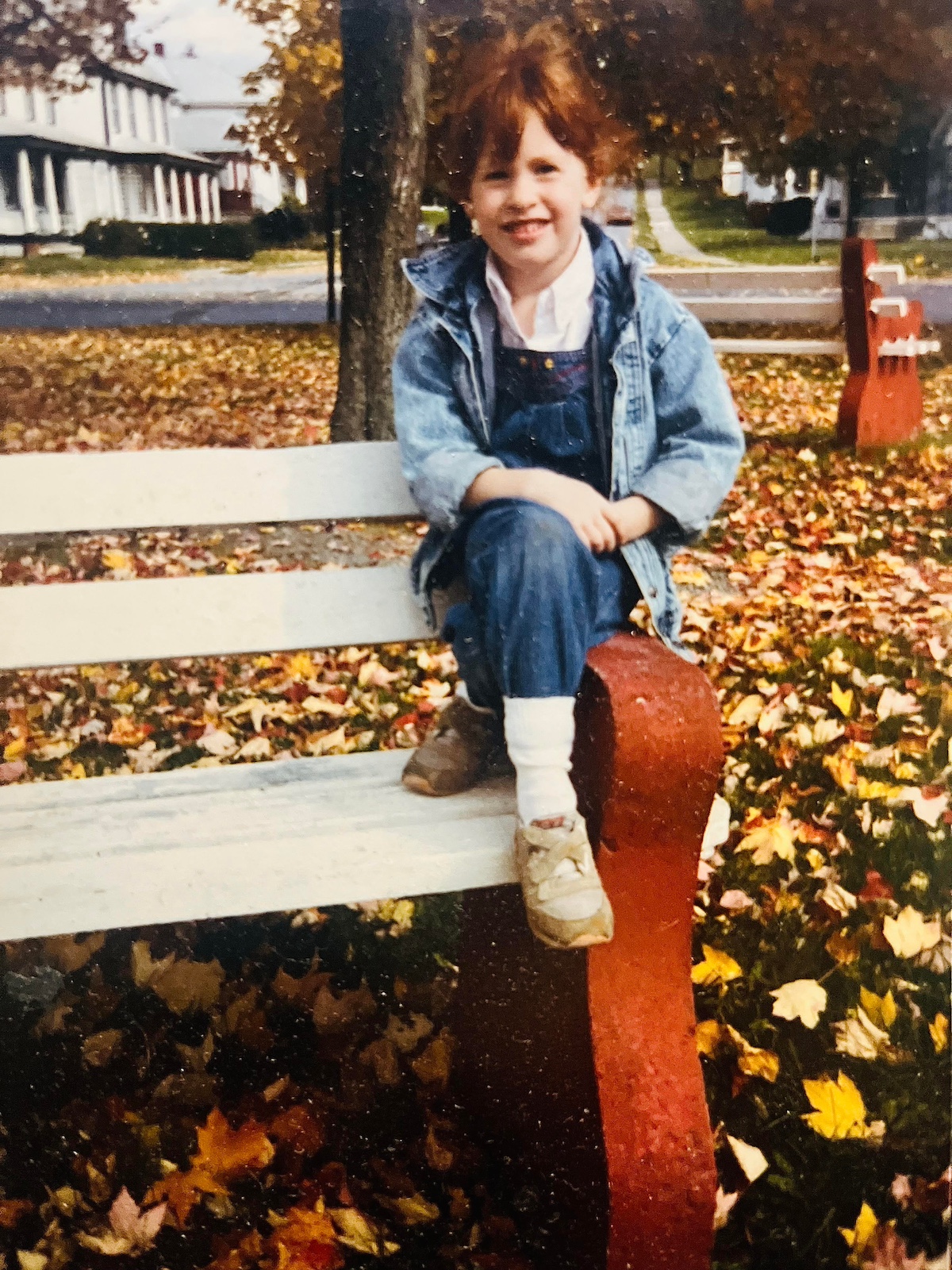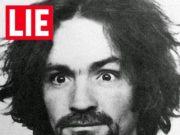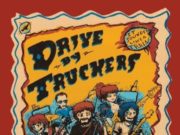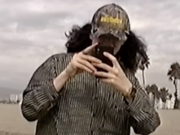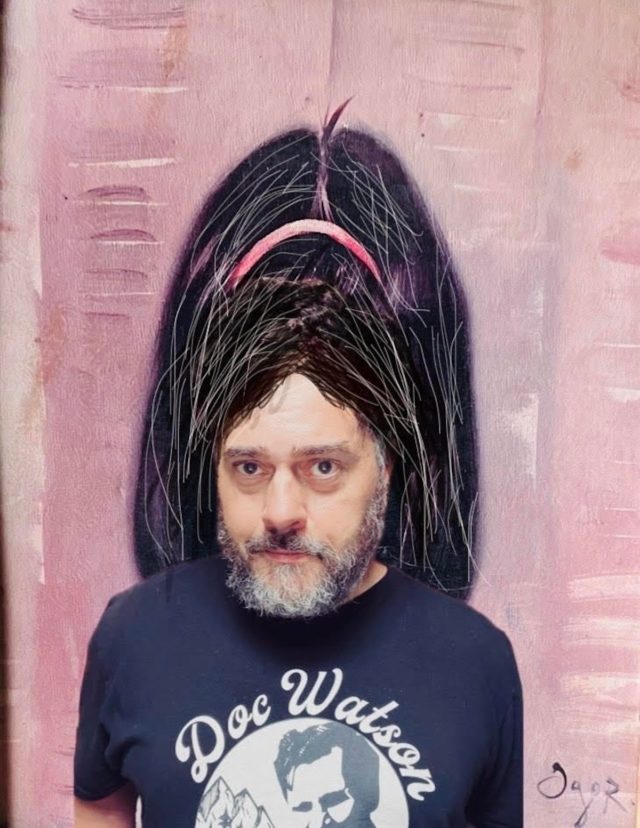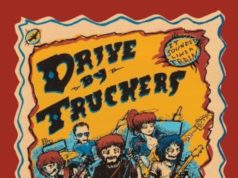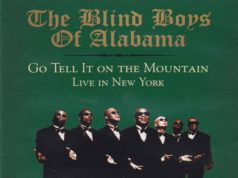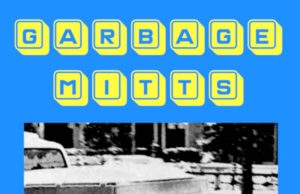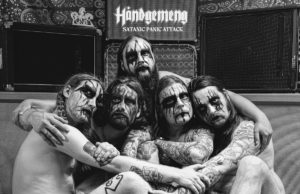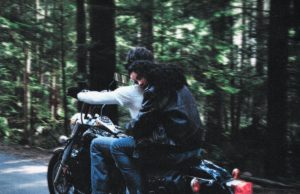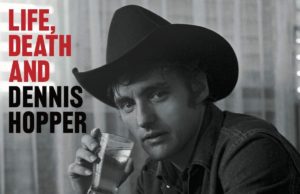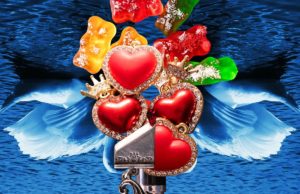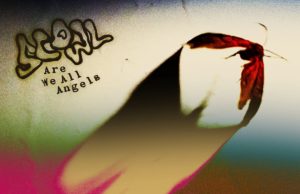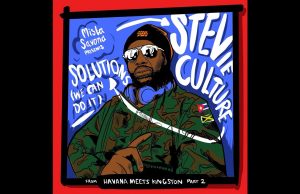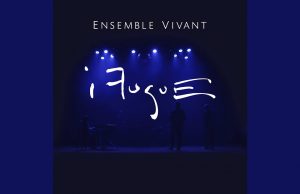jawn /jôn/ noun (chiefly in the greater Philadelphia metropolitan area) used to refer to a thing, place, person, or event that one need not or cannot give a specific name to. Jawn is a neutral, all-purpose noun used to reference any person, place, situation, or object. In casual conversation, it takes the place of the word ‘thing’. Example: “Joy to the jawns in the deep blue sea, joy to you and me.”
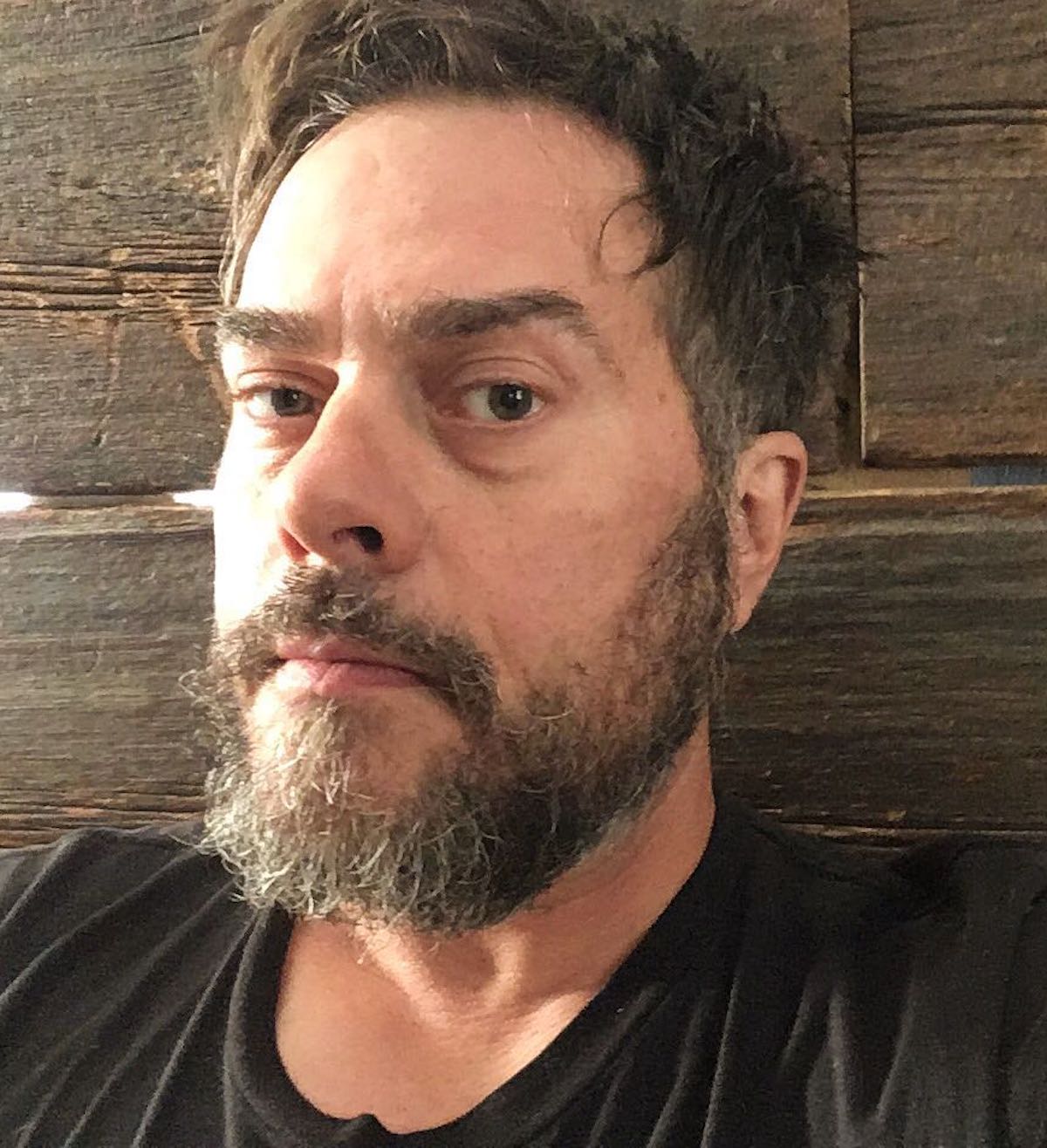 jawn one.
jawn one.
It’s almost as if my depression, when it shows, strips me of all my protective mechanisms. I become riddled with self-doubt. I look at my own face, my own skin and I get bitch-slapped sharp across the cheek: once by failure, again by disappointment. Inspiration goes negative; it drains my energy reserves to even try and recall what it was like- once upon a time- to feel inspired. Then the voice in my head doubles down and begins to turn the lights off. It’s the middle of business hours, yet, I roll down the metal gates. At that point a few weeks ago I made the phone call/ my emergency appointment/ got pretty lucky/ got in the next day. Now I have a new drug combo. It’s my third or fourth switcheroo this year. Jesus. It staggers me to admit that, but here’s the thing: It was enough to flick the switch back on. For reasons of pride or whatever I’m never all that comfortable admitting to myself that meds are likely necessary for my mental health. It just irks me. I want to believe that diet and exercise and self-help books and therapy will all be enough, but they aren’t for me. They do make a difference, for sure, but I know what I know.
jawn two.
I have two photos of Arle on the bookshelf beside my bed. In the first photo, she’s maybe seven years old. She’s sitting in a park near her home. She’s propped herself up on the concrete handrail of this bench that her family has sponsored. There’s a small plaque (out of the shot) that pays tribute to Arle’s little sister Haleigh, who died when she was only five months old. It’s an autumn day and there’s this shag carpet of bright maple leaves laying on the ground. Trees in the background are still vivid and ablaze with all the leaves yet to fall too. Arle is decked out in some midnight blue denim overalls and a sky blue denim jacket. She’s wearing cheap white velcro sneakers that appear shabby from proper use. Her white tube socks shine bright and clean. They are tucked up around her hems as if to protect her from the imminent agitation of itchy dried leaf bits invading down the narrow lanes between her socks and her skin. Her legs are crossed like a lady, in the European style, and there’s this beaming innocent grin upon her face that seems pure and real to me. I know her smiles. This one was true. So she was happy at the moment. And so I lose myself. The power of any single photograph can do that, unexpectedly, at any given time. The images of things we never lived through can hold sway over a heart much like a pining for something we never can put a name to. In my case, from the moment Arle first casually flipped me this picture long ago, I get lost within it. To see someone you love at a time when you never knew them (and never will) is otherworldly. The return of a visual from time irretrievable seems to go against everything we understand about the relevance of individual experience. It bashes both the laws of physics and the rules of engagement on the side of the head. I stare at the shot sometimes, enamored with the notion that Arle has had so much life I will never ever know or visit or share with her at all. The sheer magnitude of that staggers me. Her uncertainties then still thrill now. Her mere existence- unknown to me at the time- fires my imagination. I want to know what her times have been like. I want to keep looking at her now and then looking at pictures of her from the past and I want it all. Amazed by love. The joy of love. Killed and resurrected by love. Time traveler in love.
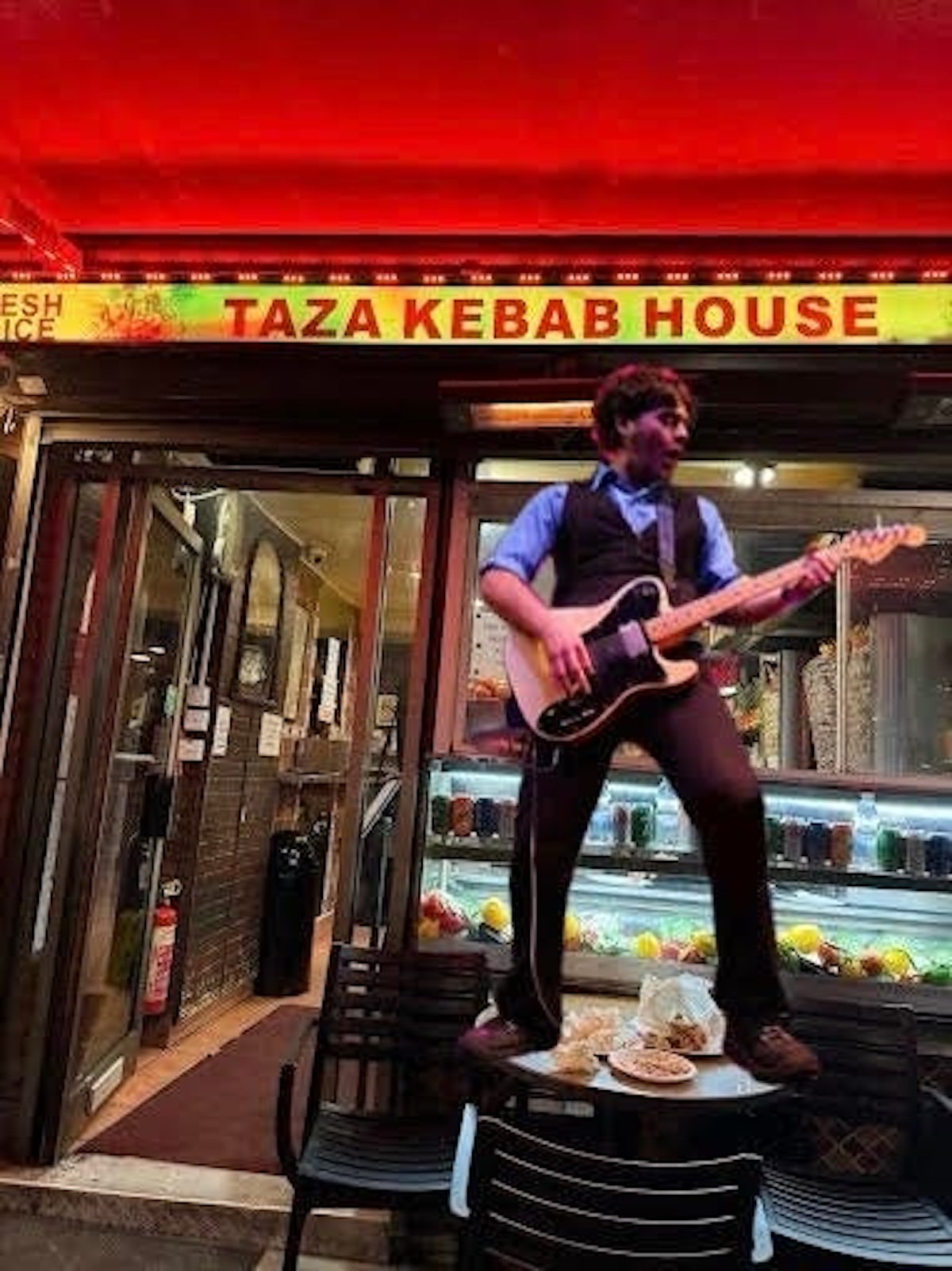
jawn three.
There was this doner kebab place I used to hit in London. It was not far from The Columbia Hotel, the storied ‘rock ’n’ roll’ hotel where many bands have played and stayed. Oasis famously got thrown out of there for life. Marah never did. I think we tried our best though. The eatery was tiny, barely big enough to fit more than a few customers at a time. There were a few stools to eat at, I recall, and I seem to remember that they were spaced tightly beside one another beneath a mirror that covered an entire wall. The food was outlandishly good. Kebab shops have a well-deserved reputation as the purveyors of drunken street food for the staggering masses when Euro pubs and nightclubs let out. But during the daytime things are quite different. They’re legendary local shops then, playing a much different role in the same old play. Without the winds of modern marketing at their backs, the ‘kebabs’ (as the shops are referred to) exist in a vacuum in which word of mouth is the beginning and the end of everything. There were always regular customers buying food here/ working class people/ people from other lands/ lads in track suits/ pretty women/ maybe Jamiroquai or somebody like that/ it didn’t seem to matter much really. Londoners and visitors alike came here to eat cheap and well. Each time I went I ordered exactly the same thing. I would get two chicken shawarmas with onions and tomato and white sauce and hot sauce. Then I’d eat one of the sandwiches on a stool at the tiny counter for no other reason than to watch this scene behind me unfold in the mirror in front of me. It was by far the most intensely miraculous oil painting I have ever seen/ far better than anything down the road at The National Gallery art museum. Framed in the glass a foot from my face, this was high art being born and born again every few seconds. The kebab meat spinning under the heat lamps on the tall skewer. The foreign guys behind the counter moving swift and graceful, dancing around each other in a space the size of a wee car; they took orders with the upturned chin and the raised eyebrow, a language of its own. The dazzling collision of colors: the sodas and juices in the cooler: the harsh halogens sparking off the stainless steel surfaces: the various coats on the stream of customers. All of the people coming in out of the dank rain. People with their accents charming or rough. People with their eyes taking time to adjust and twinkle upon setting foot in this warm chaotic space. People overcome by the scent of something wonderful. The inimitable joy which hunger allows after your order is in. Not far from where kings and queens feast, the people carry on.
jawn four.
Has a lifetime of trying to sell my worth with music or my live shows or my writing to the masses caused me some kind of artistic trauma?! Am I more scarred by the probability of financial failure as a creative type than I am inspired by the possibility of some kind of success? Could it be true, what they say sometimes say about so-called starving artists? “It’s a bummer, man, but you’re just not as good as you wish you were.” In the spirit of being honest with myself: Yeah. I think that statement can and often is very, very, very true. And the idea of that is such a hard pill to swallow for me. So much of my own personal joy comes from writing. That’s life though, huh? I have more readers than I ever thought I would when I started this thing. All artists want to grow their art, see it absorbed by more and more people as time goes on. In many ways, though, that hasn’t been my experience. There is a wall, it seems, and I fucking hit it every time. So what do I do? Do I count my lucky stars to have what I have? Or do I keep dreaming of more? I can’t figure it out. It’s just the nature of the beast.
To read the rest of this essay and more from Serge Bielanko, subscribe to his Substack feed HERE.
• • •
Serge Bielanko lives in small-town Pennsylvania with an amazing wife who’s out of his league and a passel of exceptional kids who still love him even when he’s a lot. Every week, he shares his thoughts on life, relationships, parenting, baseball, music, mental health, the Civil War and whatever else is rattling around his noggin.
